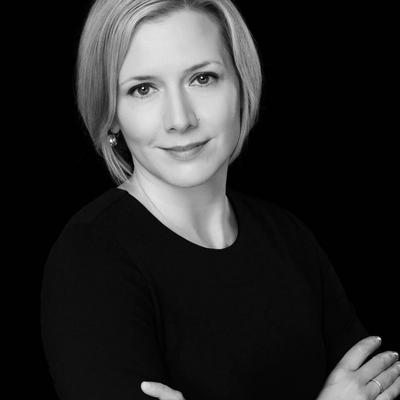
Tiffany Wilson, CEO of GCMI and T3 Labs
Fall is a time particularly rich with conferences tailored to bring together the medical community. One of my favorite conferences to attend each fall is Advamed, and this year’s event did not disappoint. While attending we were treated to the latest in innovation and capital formation: two of the pillars on which GCMI stands.
Advamed 2016 supplied fresh perspectives on the current landscape influencing medical technology policy, funding, and trends. Here are my top takeaways.
Grow fast or fail fast
Boston Consulting Group Partner and Managing Director, Barry Rosenberg, said that even though we are no longer living in the “golden age” of medtech, where we were saw revenue growth hit 10.9%, people are successfully adjusting to growth of 3-4%: the new reality. “In the medtech industry there is an unsustainably high SG&A cost structure which begs the community to figure out how to more efficiently get a product to market,” he said.
Renee Ryan, VP of Venture Investments for Johnson & Johnson hit on one our our mantras here at GCMI. “The speed has to be there,” she said. “You can’t take one year to license your technology. You have to try your idea, evaluate outcomes, and if it doesn’t seem feasible, discard it and fail fast.”
That is why having a partner like GCMI to help navigate the medtech approval pathway is critical to the process. We expedite product development by helping guide innovators: asking them important questions and providing guidance early on so that they are able save time and ultimately money.
“GCMI levels the playing field for small medtech startups to get a toe hold, work through regulatory, make it to market and then scale. With their help, we were able to avoid millions of dollars in upfront costs.” John O’Shaughnessy, Founder & CEO of Matrix Surgical USA
Combining resources and talent is key
Many conversations at Advamed 2016 revolved around progress and the necessity for collaboration. The transition to value based care and the application of big data demand that the industry pools its resources and talent. “We are in a time where you must seek out partners to help complement the skills that your company has,” said Ryan.
Given Atlanta’s resources, including GCMI, T3 Labs, Georgia Tech, Emory Healthcare and many more entities that span the healthcare continuum, we can help derisk many new medical technologies in a methodical way. We recently placed T3 Labs under GCMI’s umbrella in order to create and maintain a capital efficient environment through collaboration and resource alignment. By making the medtech development process more transparent and predictable we are able to decrease the time required for a new device to get to market and help attract more investment for young companies.
“GCMI was instrumental in our early development including prototyping that led to a product candidate we could take into clinical trials. We used their space, cleanrooms, equipment, and, most importantly, their personnel to help develop and validate our product candidate and its value.” – Rafael Andino, Vice President of Engineering and Manufacturing for Clearside Biomedical, Inc.
The funding is there, you just need to know how to get it!
Every year we look forward to the “Current Investment Flow, M&A and Deal Structures” panel.
This year has been a busy one for mergers and acquisitions in the medtech world which elevated our excitement for what Tim Dugan, Managing Partner of Water Street Healthcare Partners, John Greisch, President and CEO of Hill-Rom, and Mike Mahoney, CEO of Boston Scientific, would have to share.
The three provided solid advice for small to medium size medtech companies seeking investment
- Think beyond product and service. The cogs have to work, and the margins have to work. Think from the buyers perspective: is it really reimbursed? Can you really manufacture it? Can it span beyond just your company?
- Understand your markets and the value proposition that you are able to offer. Do not deviate from this when talking to strategic investors.
- Be realistic – you will be dealing with smart and sophisticated people across the table and they are going to get to the bottom of your strengths and weaknesses.
- Hire sophisticated advisors.
- Do your due diligence – research buyers, legal requirements, and focus on product quality.
GCMI and T3 Labs have helped medtech innovators like John O’Shaughnessy, Founder & CEO of Matrix Surgical USA, Hunter Moyer, MD, Founder and CEO of Vivid LED Technologies, Jason White, Senior Director of Product Development for St. Jude Medical, and their teams streamline the process and get to commercialization by asking these questions early on. Innovators frequently want to start prototyping right away without answering critical questions like, Who is going to fund the project? What does the market for this device look like? How are you going to get reimbursed for it?
When creating a new piece of technology or starting a medtech company, it is best to surround yourself with a team like GCMI that is equipped to move you through the process from concept to cure to commercialization.
Let’s talk
If you are a medtech innovator seeking a partner that can help you lay a strong foundation and bring your idea from concept to cure to commercialization, or if you need the very best in preclinical testing and bioskills training, contact GCMI and T3 Labs via email
